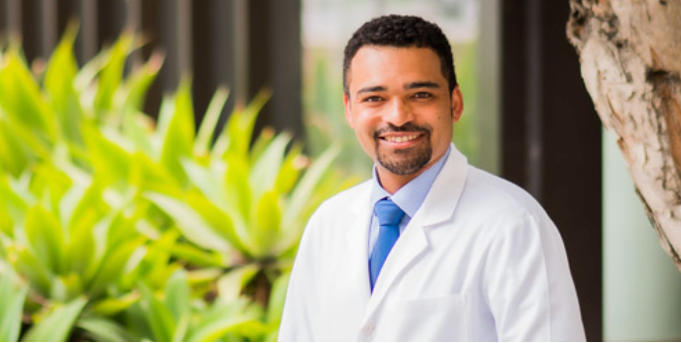Submitted on November 18, 2020

With the shift in learning to virtual platforms in the setting of the COViD pandemic, simulation education must follow suit. To respond to this need, Dr. Bayne and his team have created multiple individualized learning stations to allow residents to pursue simulated learning for minimally invasive surgical techniques. Residents will keep track of their progress and performance over time and participate in some friendly virtual competition with their resident colleagues.
The surgical simulation training program is a simulation curriculum and virtual augmented learning platform designed to accelerate resident mastery of laparoscopic, robotic, and endoscopic surgical techniques. The curriculum focuses on early exposure to minimally invasive surgical techniques for urology interns and junior residents, as well as the mastery of these techniques among senior and chief residents.
Residents will have the opportunity to practice basic laparoscopic surgery precision and speed drills. Advanced skills such as laparoscopic suturing and anastomosis construction will also be included. Specifically selected robotic surgery drills will be administered through the Intuitive Surgical® virtual training curriculum. In addition, endoscopic surgery drills highlighting both ultrasound and fluoroscopic guided renal access will be integral to the new simulation training program.
In accordance with the residency training timeline, simulation stations will be assigned in laparoscopic surgery, robotic surgery, and endoscopic surgery to achieve mastery in each level of training. Furthermore, residents will compete with each other for prizes through live Zoom sessions for speed and efficiency. These sessions will be monthly, although residents will have access to simulation stations for practice on a daily basis. At ZSFG and the VA, special self-learning time will be built into rotation schedules.